Portrait of the chef on the cover: Jérôme Galland
What if we have always been wrong to relegate fusion cuisine to a specific category? It has always been seen as the union of distant cultures, often an unsuccessful union that results in dishes that are questionable in terms of aesthetics and taste. But what happens when two of the most universally appreciated cuisines come together?
The restaurant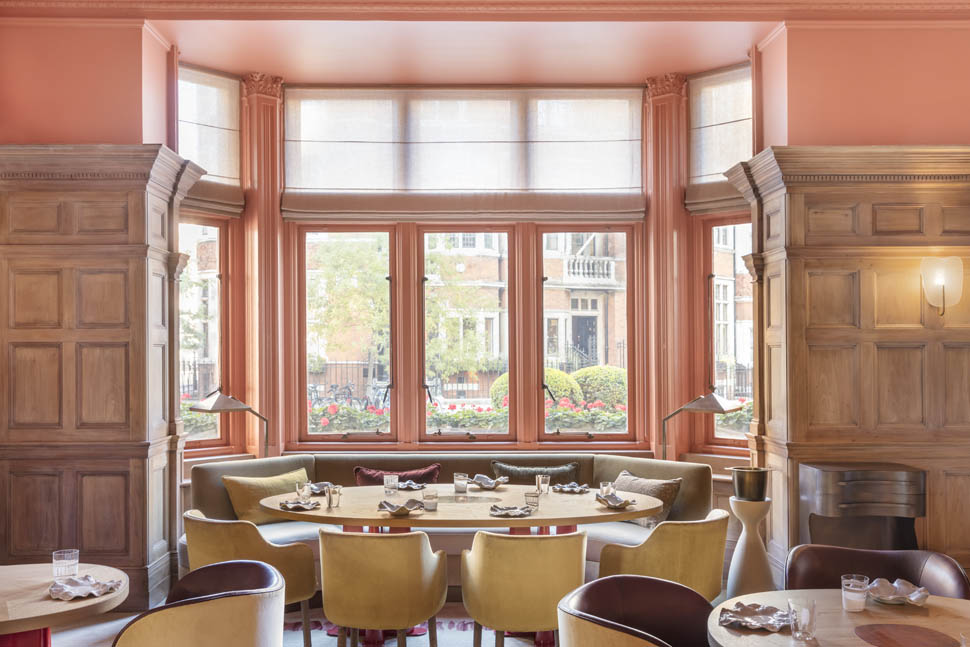 Jérôme Galland
Jérôme Galland
This is what happens at Hélène Darroze’s three Michelin star restaurant in London, inside The Connaught, a historic hotel in Mayfair, one of the city’s wealthiest areas, just a 20-minute walk from Buckingham Palace. If you are expecting a classic three-Michelin-star restaurant with a rigid, traditional setting, you will be disappointed. Here, guests are not intruders in an inflexible system; everything is done to make them feel at ease.
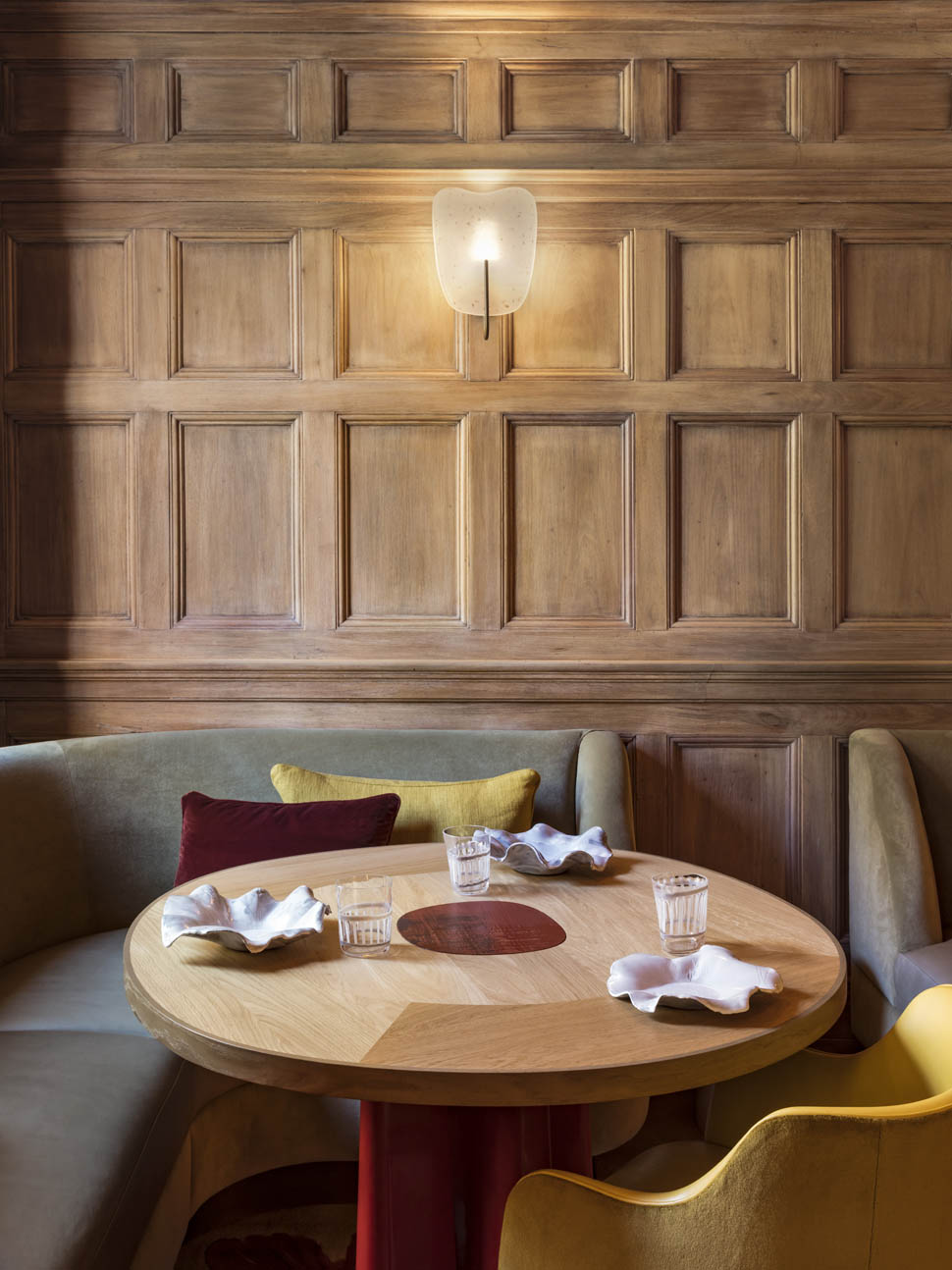 Jérôme Galland
Jérôme Galland
The first impression comes from the floor. It’s the first time I’ve noticed the sensation conveyed by the ground. Do you ever pay attention to where you walk in a restaurant? Here, the surface is a soft “carpet” that cushions your steps and weight, and it almost feels like you’re floating when you reach the table. The room is dominated by wood and peach colors, between the pink and pastel red of the armchairs that curve around the space, and the tables are round and made of light wood, without tablecloths. On the walls are two paintings by Damien Hirst. In the kitchen, the splendid pink marble table, which seats up to eight guests with a special menu, is topped by a cobalt blue fresco commissioned from artist Alexander Rochegaussen.
 Jérôme Galland
Jérôme Galland
The restaurant, which opened in 2008, quickly earned its first Michelin star (in 2010) and second star (in 2011). It was then redesigned, renovated, and refurbished in 2019 by interior designer Pierre Yovanovitch, with the addition of a table in the kitchen and a room dedicated to Armagnac. It then earned its third Michelin star (which it still holds today) in 2021.
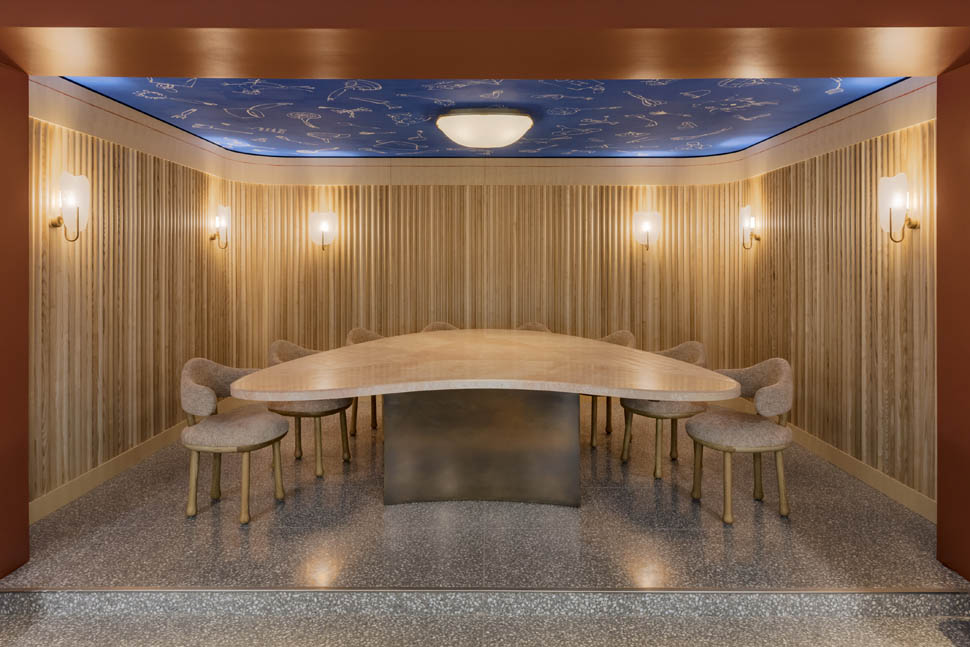 Jérôme GallandThe chef
Jérôme GallandThe chef
Hélène Darroze needs little introduction. Originally from Marsan, in Occitania in southwestern France, she enjoyed success in Paris before arriving at The Connaught in London, where she opened her first restaurant outside France. Other openings followed, with different formats, in the City of Light, Provence, and Morocco.
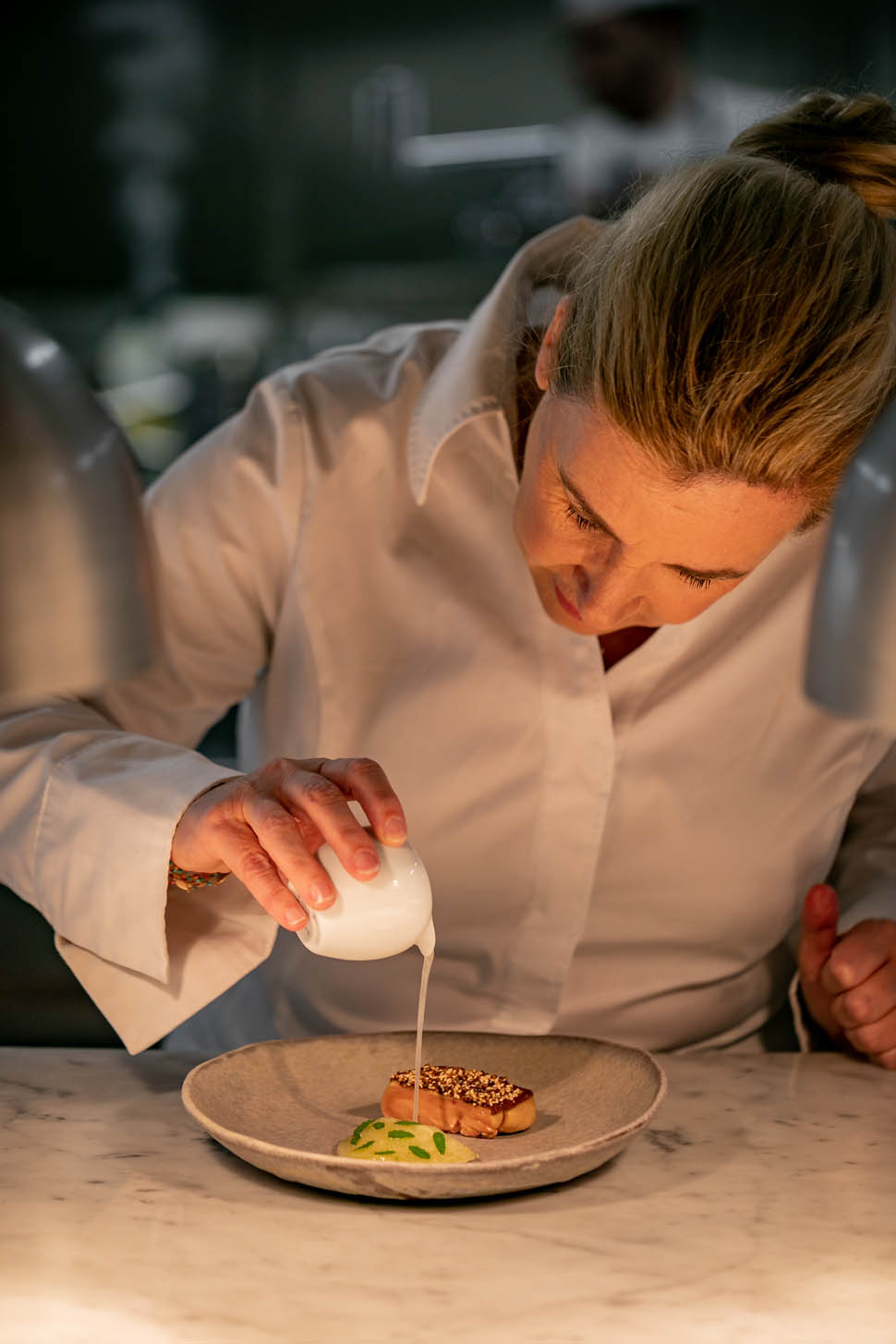 Justin de Souza
Justin de Souza
She has always shown a particular appreciation for Italy – here is an interview with her from a few years ago – so much so that since 2018, the executive chef of the London restaurant has been Marco Zampese, born in 1988, originally from Marostica in the province of Vicenza, assisted by French chef Timothée Martin Nadaud. The menu features many Italian ingredients which, combined with French technique and aesthetics, are transformed into comforting and delicious dishes.
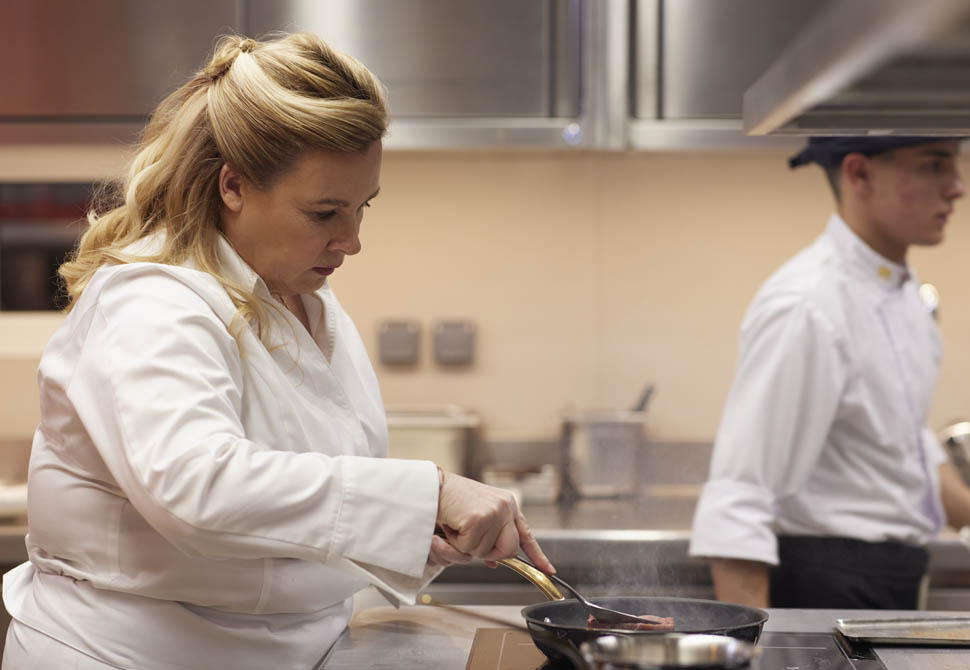
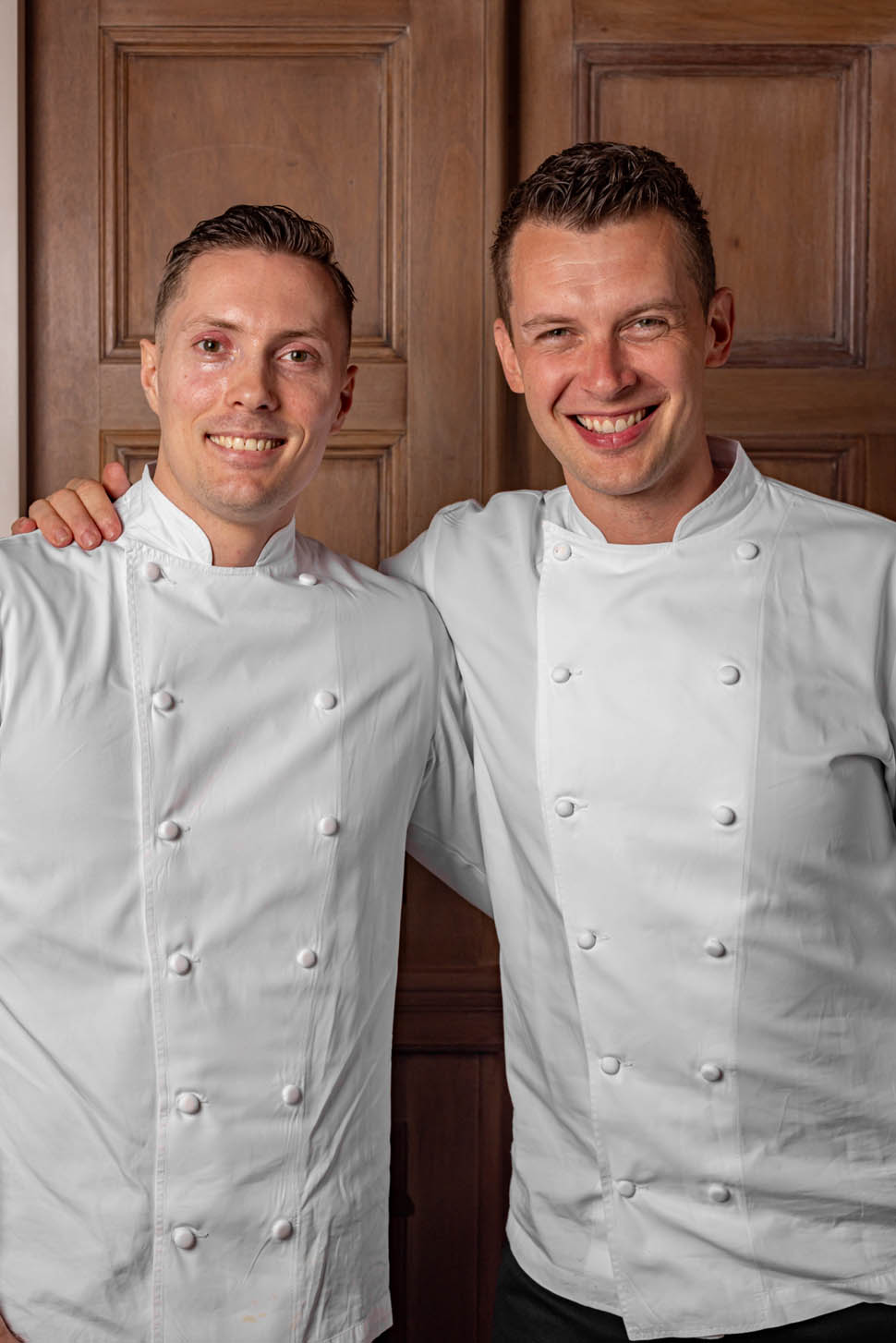
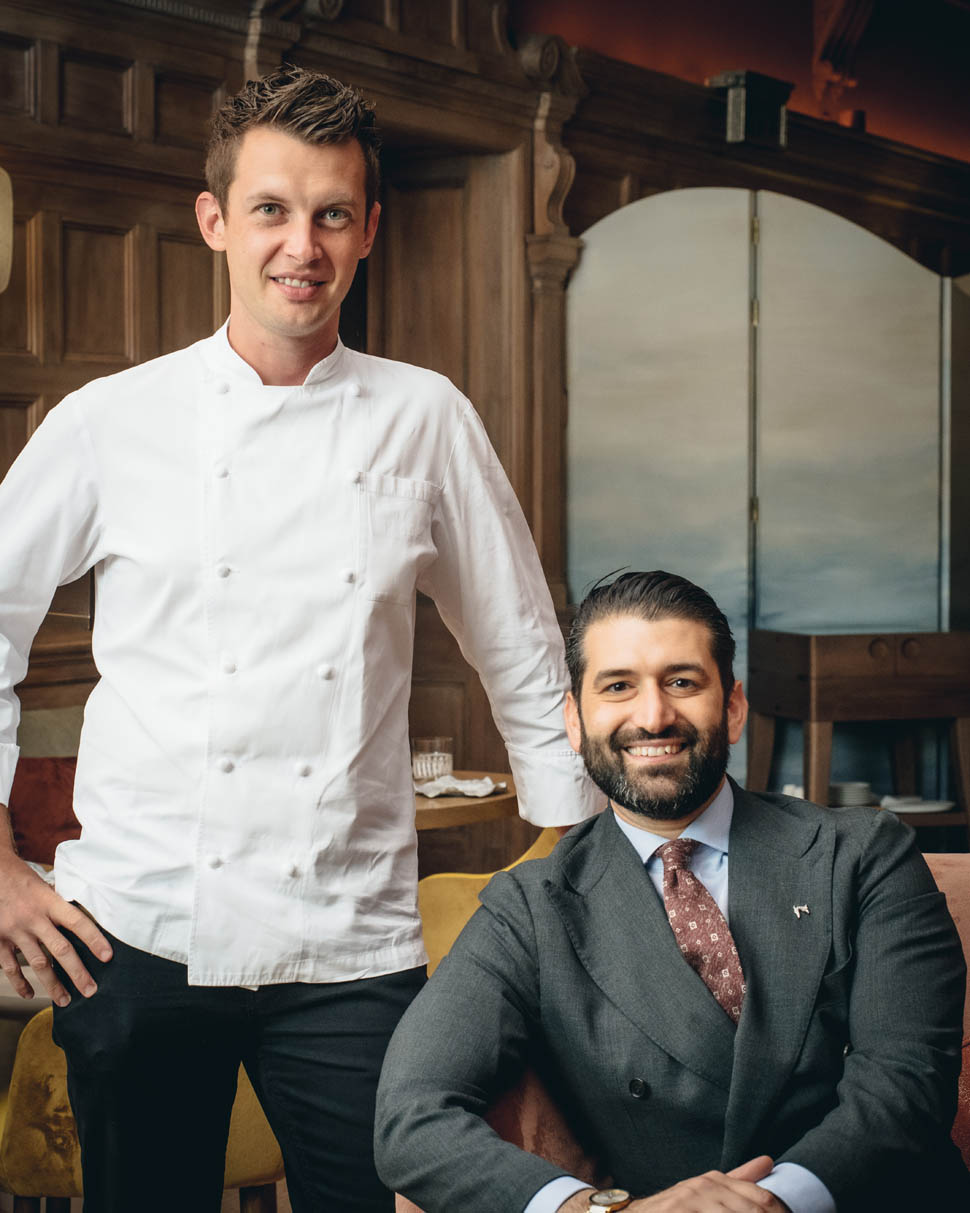 @lateef.photography
@lateef.photography
The general manager, Mirko Benzo, is also Italian, while the head of wine is Frenchman Lucas Reynaud-Paligot. So, the top management team also has dual origins. The cellar has more than 3,000 labels and around 30,000 bottles, including some of the finest wines in the world. Special mention goes to the section dedicated to Armagnac, one of the first brandies in history, produced by three generations of the Darroze family. Today, Hélène’s brother Marc is in charge: they are considered by spirits lovers to be among the best around, and today their cellars hold over 250 different types from thirty estates and fifty vintages.
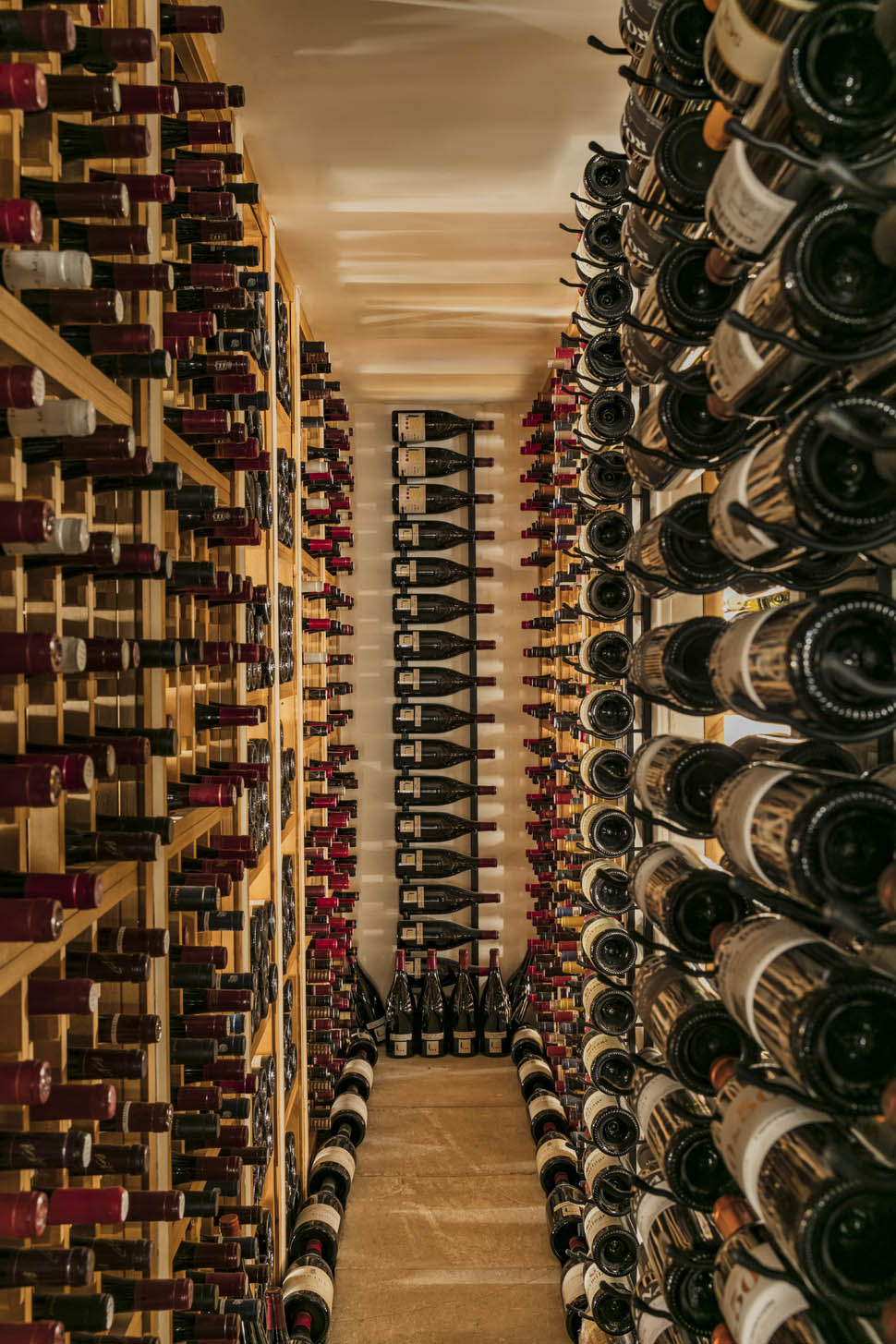
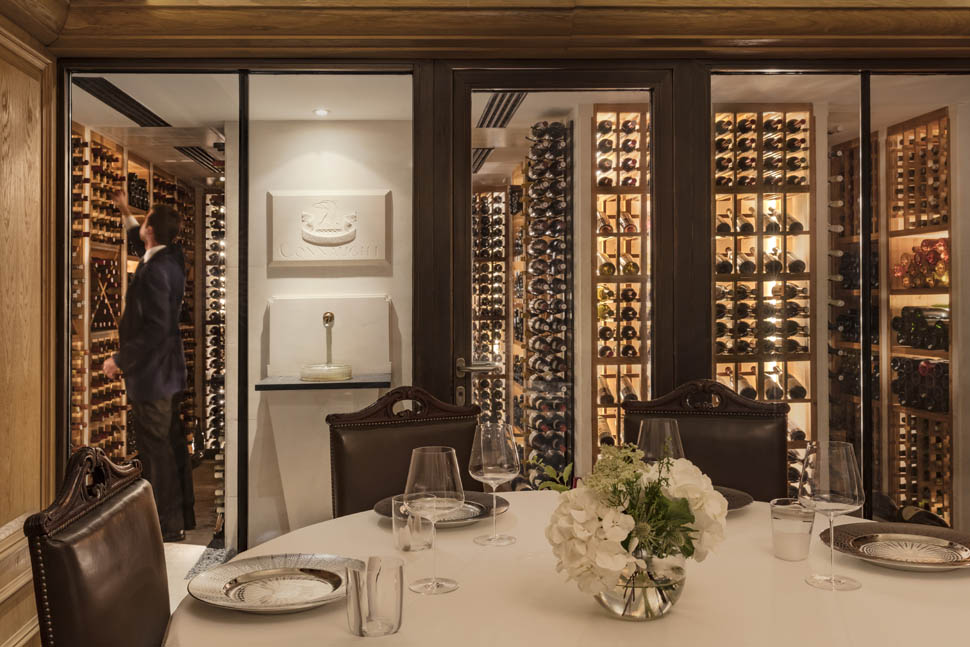
The restaurant offers two tasting menus with 5 or 7 courses (the current summer menu costs £225 and £210) and a 3-course menu for midweek lunches, with a choice of three options for each course (£125, with the option of adding a cheese selection for £34). There are also several wine pairing options, from hidden gems to the finest labels (between £145 and £665). The kitchen is located on the lower floor—a good workout for the waiters—and, as mentioned, also features a magnificent chef’s table, right in front of the bustling pass.
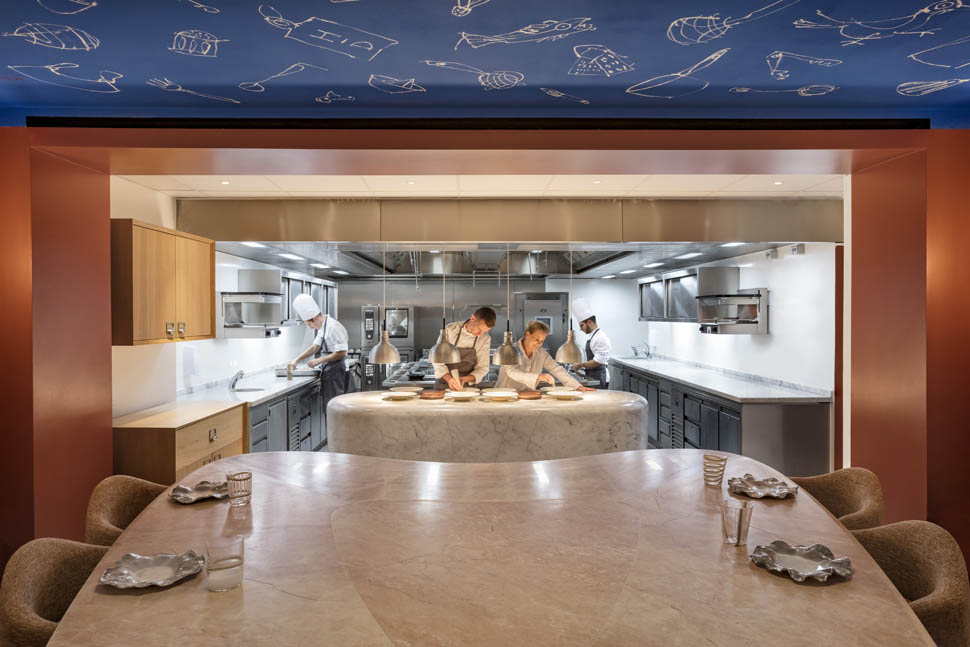 Jérôme GallandThe dishes
Jérôme GallandThe dishes
For Hélène Darroze, the mantra is the absolute quality of the ingredients and the importance of their origin: the star of every dish is not the chef, but the elements that compose it, and the dishes on the menu are presented with the central ingredient and its origin. A characteristic feature is a seasonal consommé to prepare the palate and begin the culinary experience. Then, tranquil flavors and an aesthetic that seems designed by AI arrive at the table. Every bite pampers the palate, with no flights of fancy or search for amazement: the main ingredient and its combination with the other elements are the total focus.
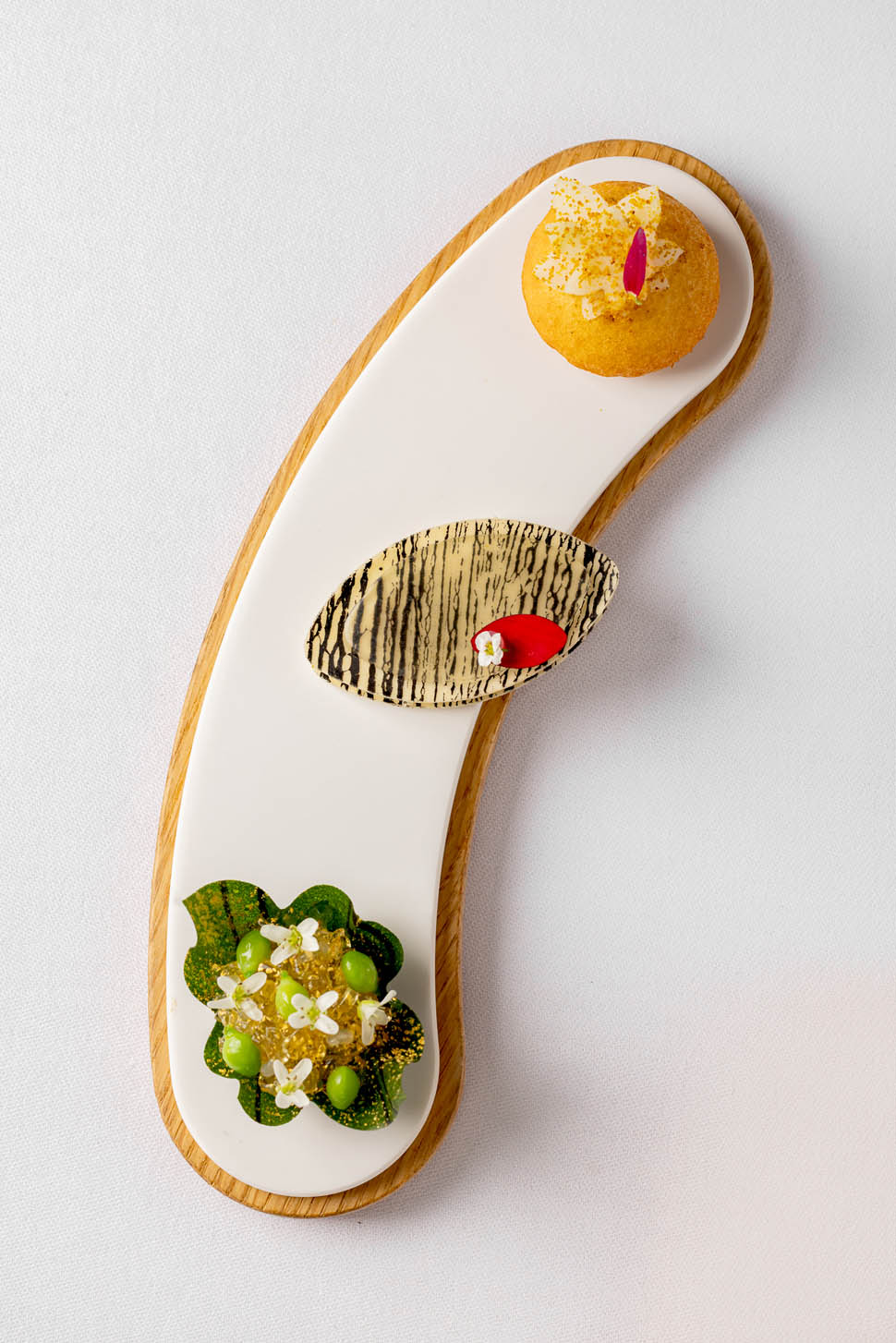
I sat down at the table for lunch and after the consommé—fresh and slightly citrusy—the amuse-bouches arrived: a delightful interplay of textures leading up to the first course, the crab from Cornwall with pink grapefruit, turnip, sheep’s milk curd, and gyokuro, a Japanese green tea. Each bite was different, with a mix of contrasts: the slightly sweet shellfish contrasted with the acidity of the grapefruit and the earthiness of the tea, then enriched by the turnip and finally enveloped by the rich sheep’s curd foam.
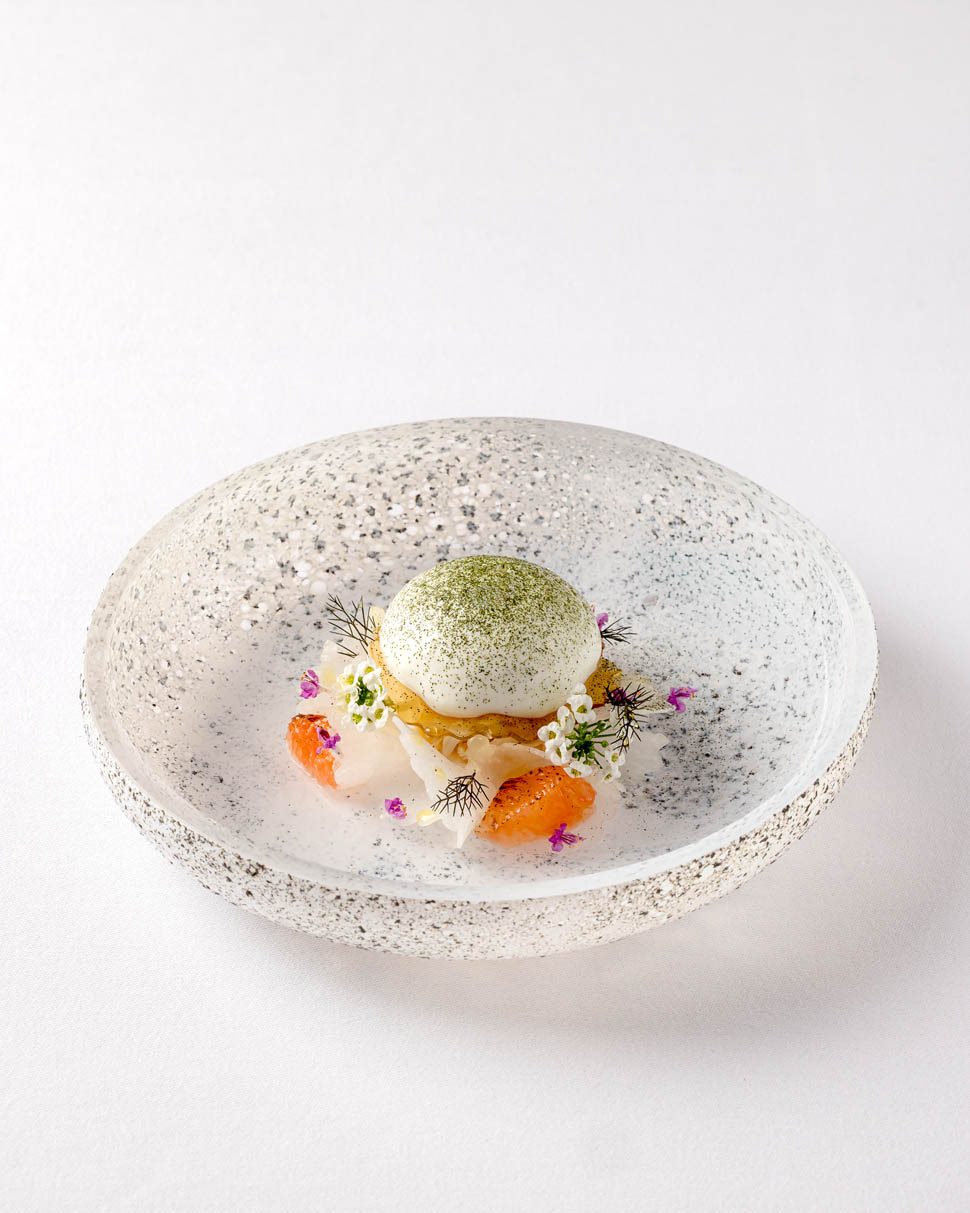
After tasting a warm loaf of bread with Espelette pepper-flavored butter, typical of the Basque region, we continue with the suckling pig from Arras, in northeastern France, accompanied by cherries, black pudding (the typical British blood sausage), Barolo wine, and Tropea onions. This dish reminded me of the Barolo braised meat my grandmother (a Calabrian who moved to Piedmont) used to make for special occasions. The concentration of flavor and texture of the meat was special.
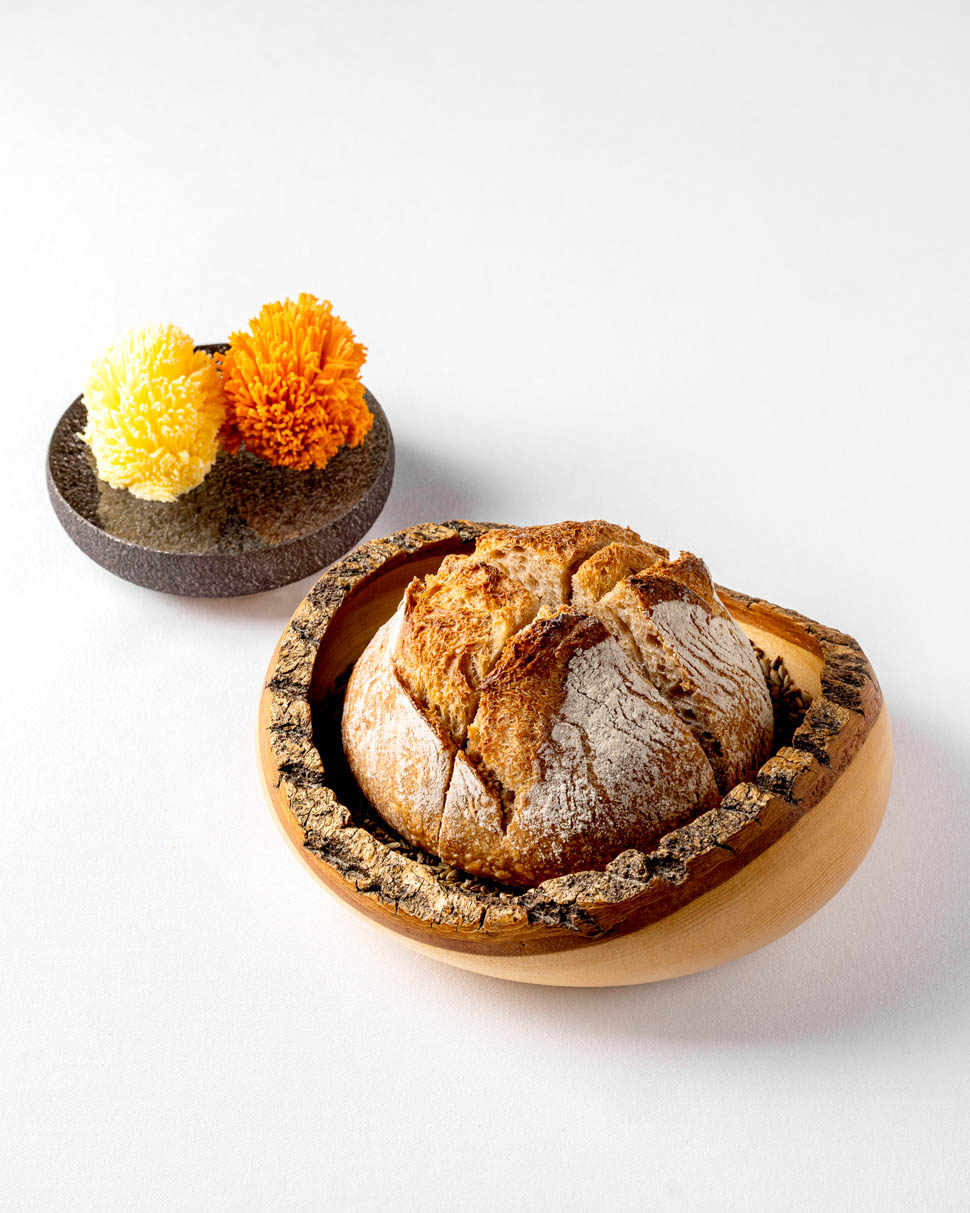
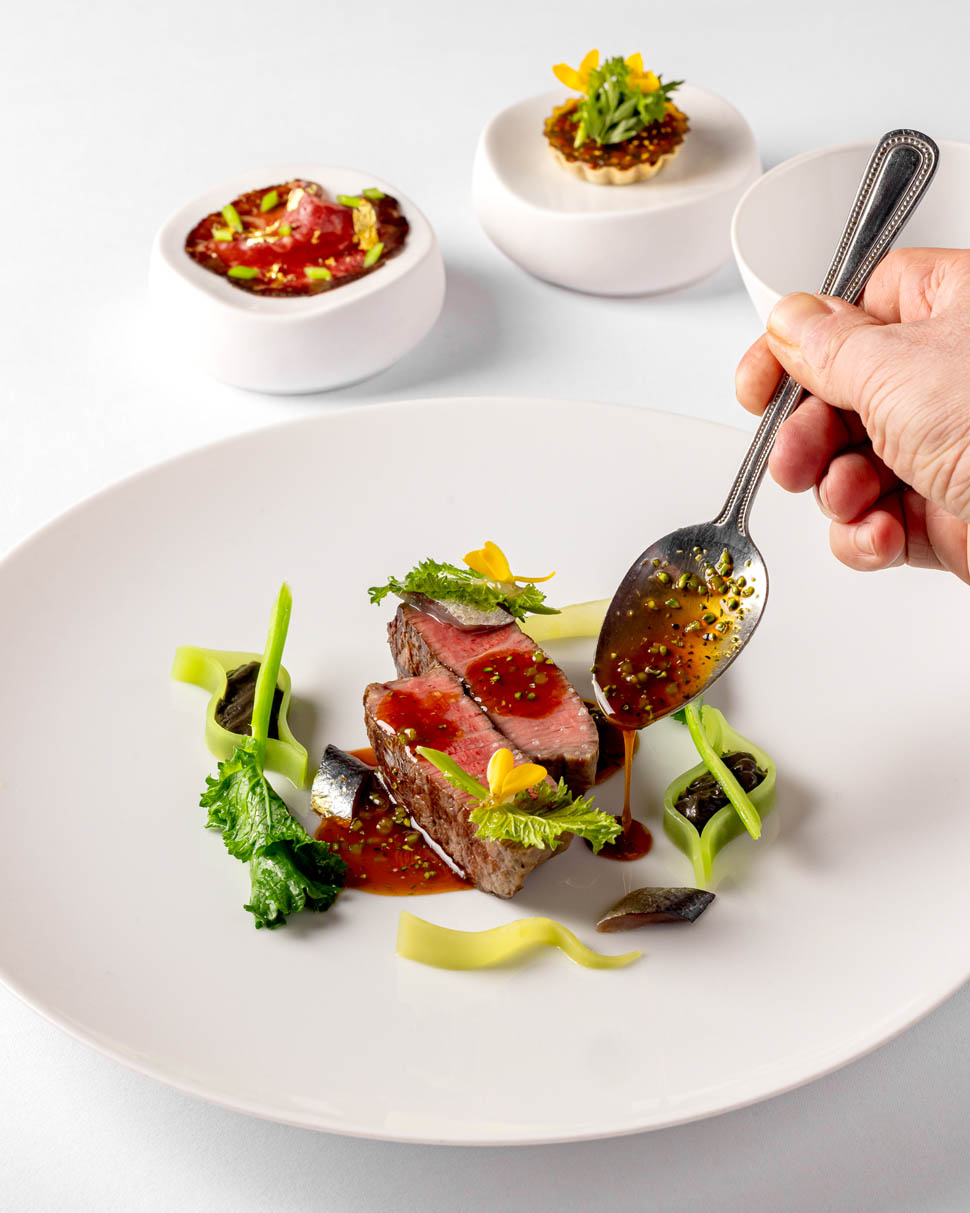
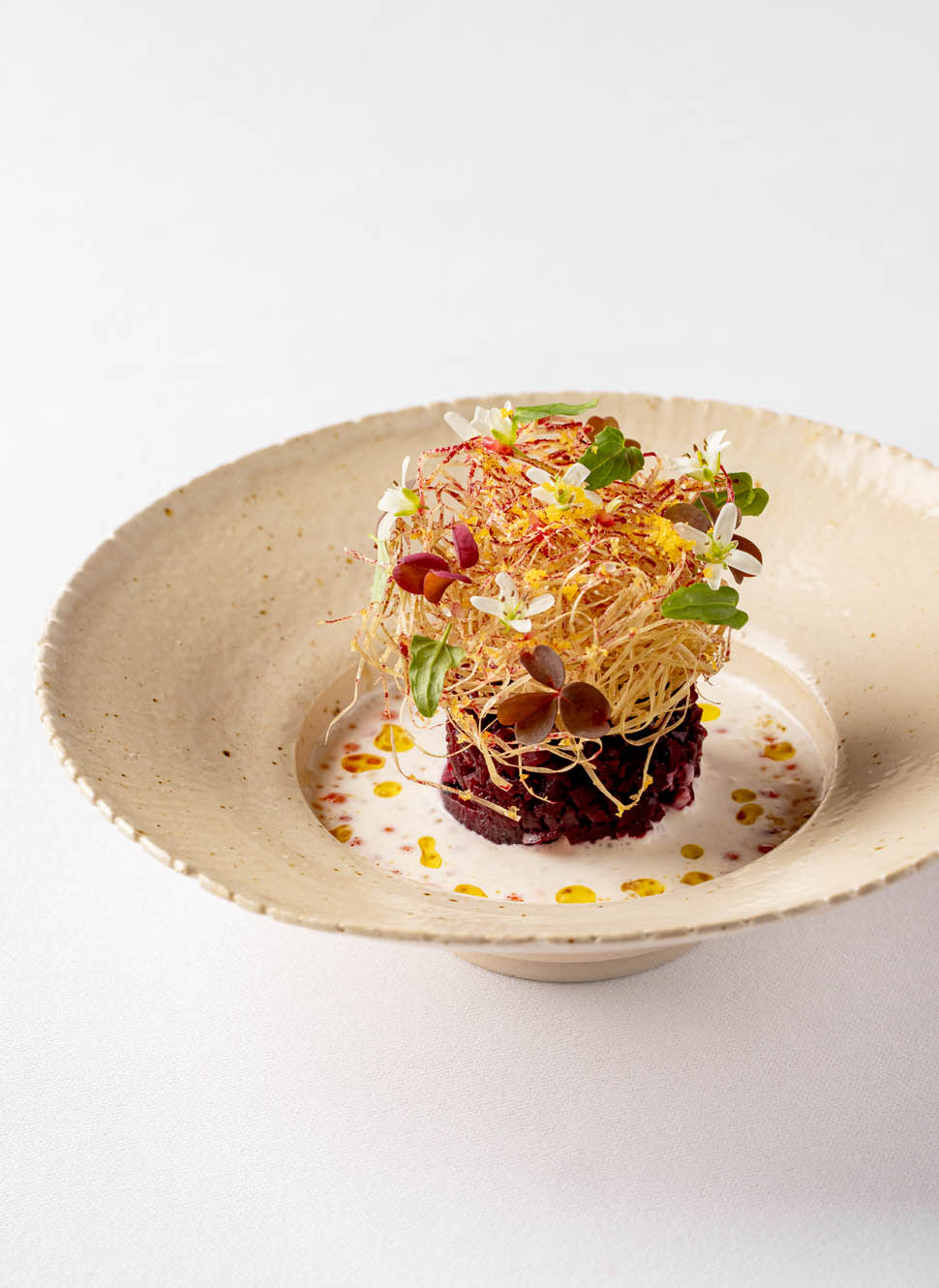
I continued with a selection of mature British cheeses, if only to see the well-stocked trolley that glided smoothly into the dining room. These cheeses have a character all their own, in my opinion, and probably deserve a separate review.
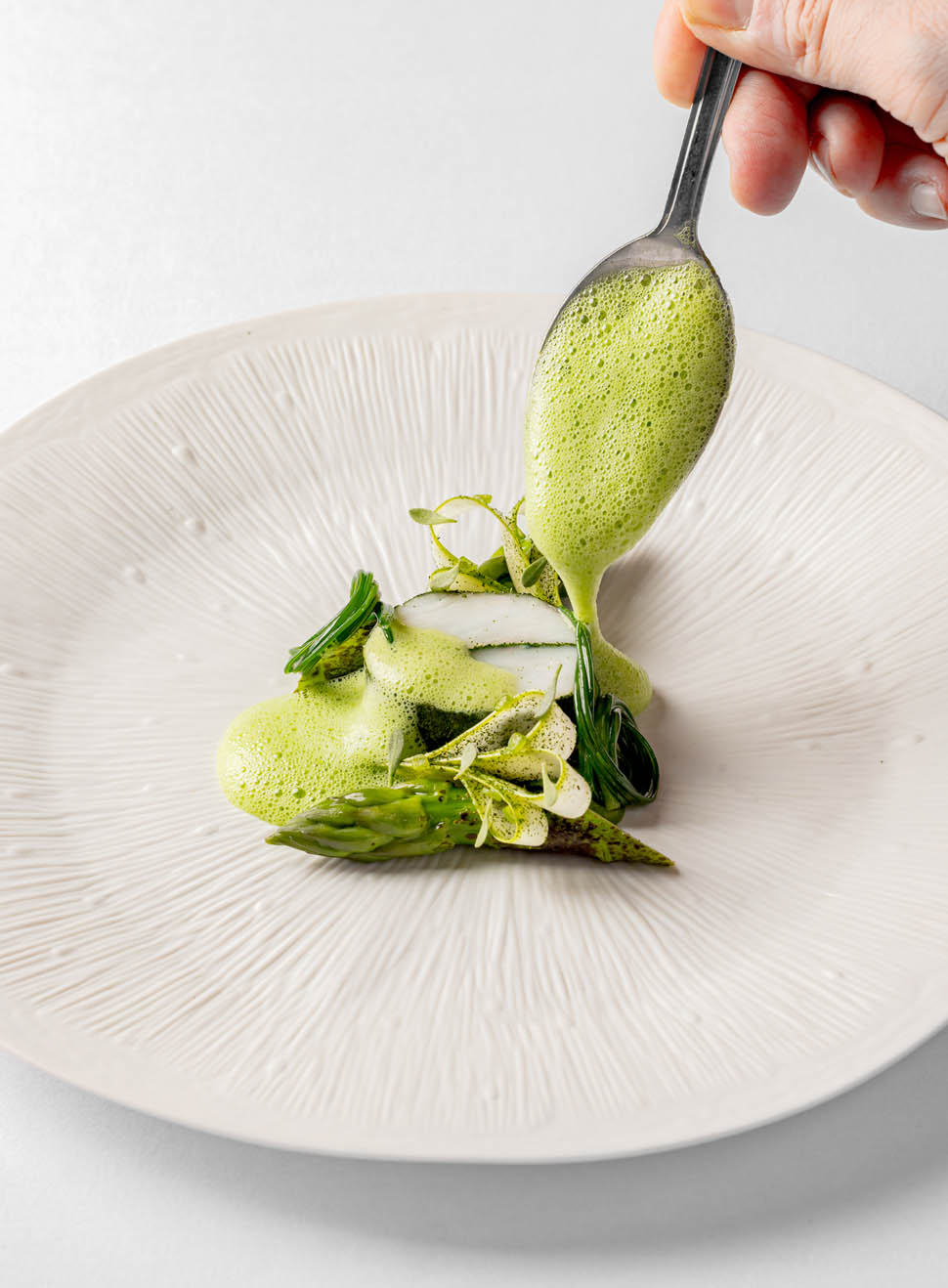
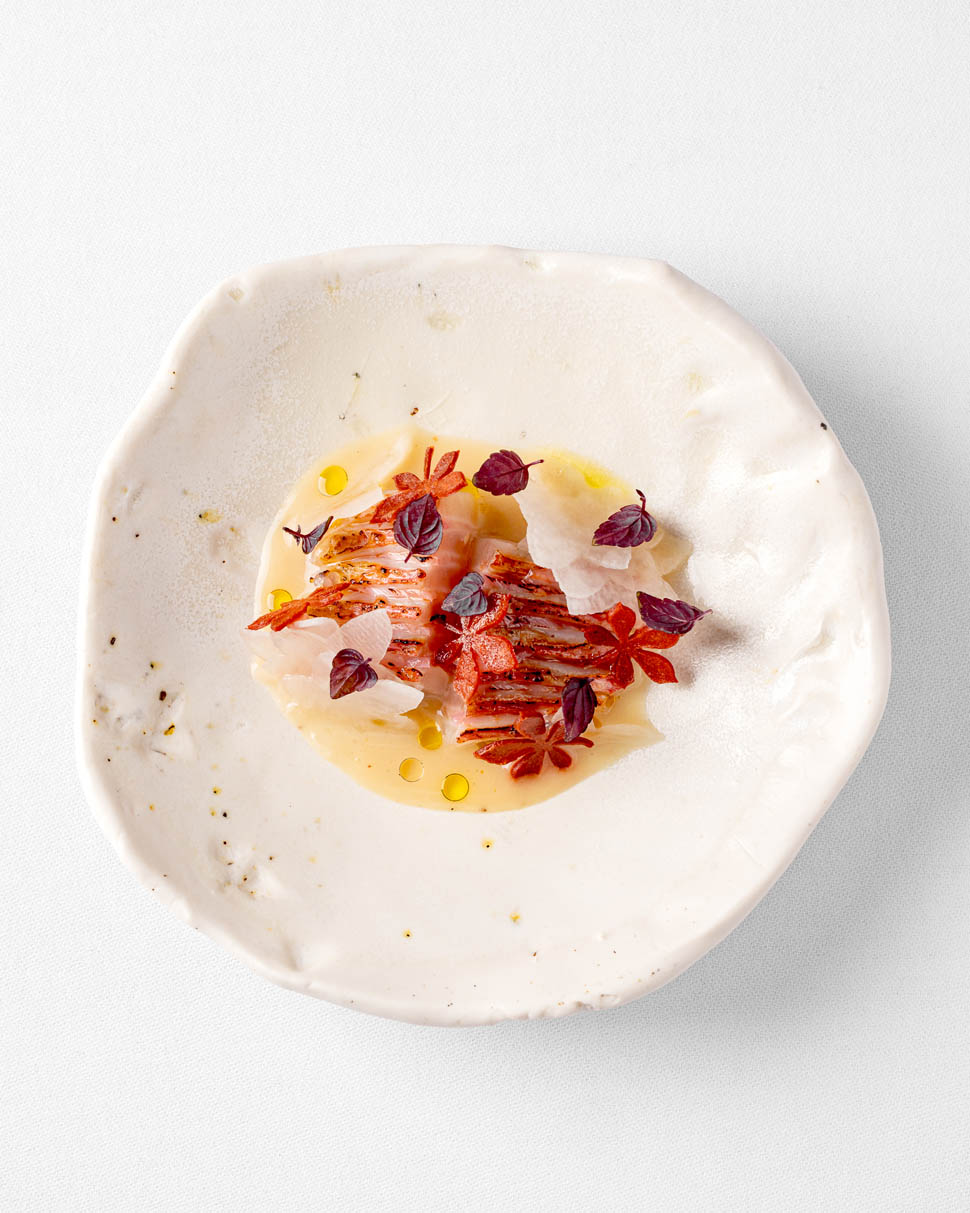
The meal ended with one of the restaurant’s signature dishes: babà with Armagnac Darroze – you can choose the vintage of the spirit – accompanied by lemon thyme-scented chantilly cream, lemon ice cream, and apricot cooked Tatin-style.
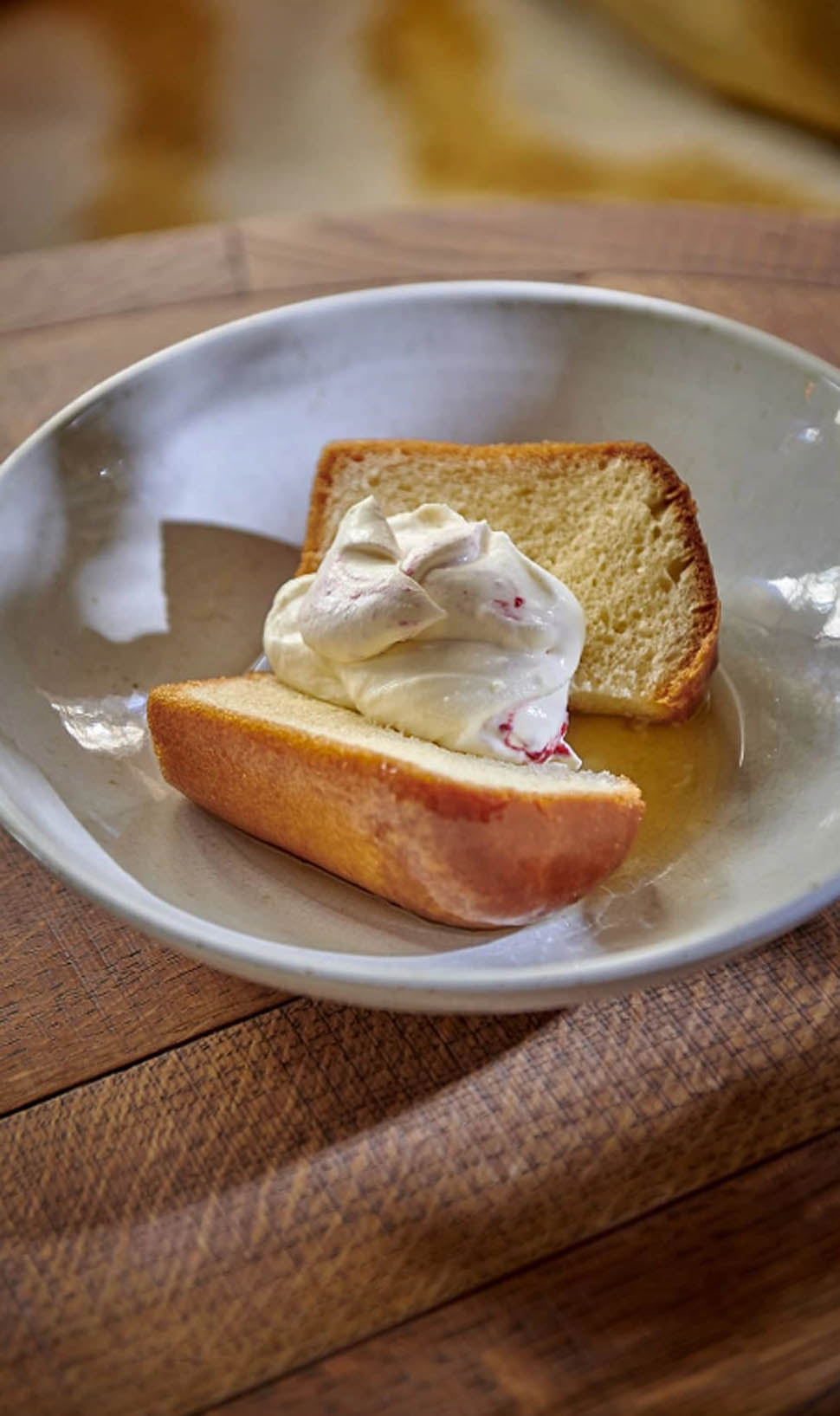
A harmonious and delicious finish that takes you on a journey between France and Italy, blurring the boundaries and emphasizing once again how the union of cultures can only give rise to goodness and beauty.
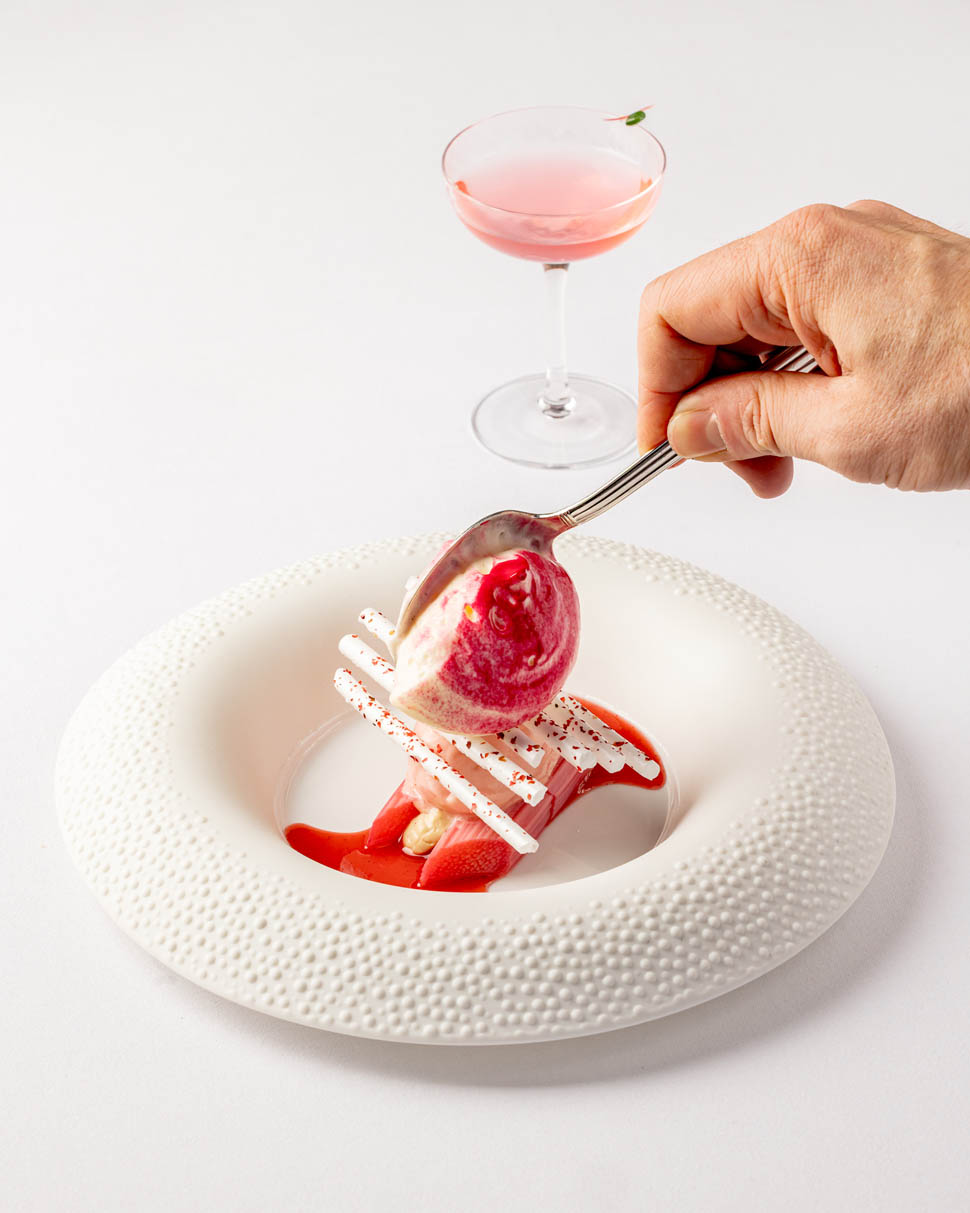
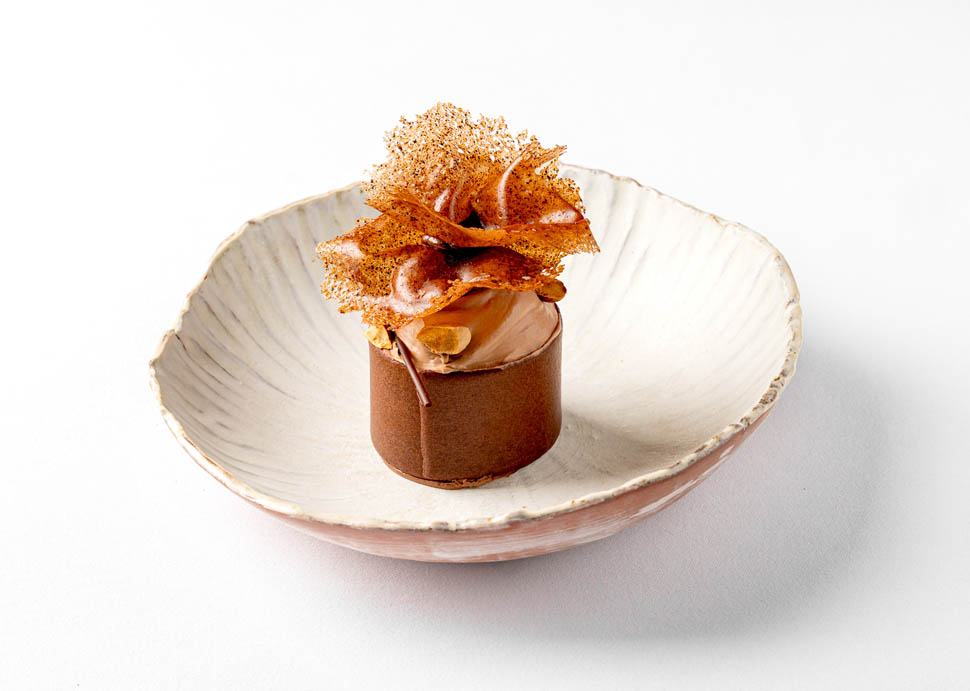 CONTACTS
CONTACTS
Hélène Darroze at The Connaught
The Connaught, Carlos Pl, London W1K 2AL, Regno Unito
Phone: +44 20 3147 7200
Website


Dining and Cooking